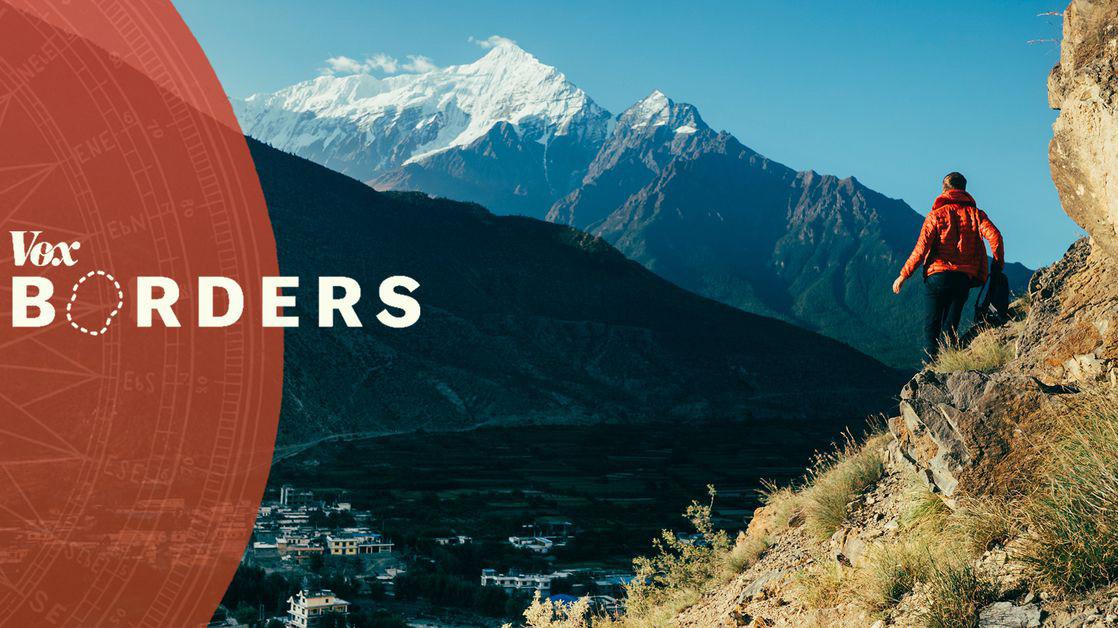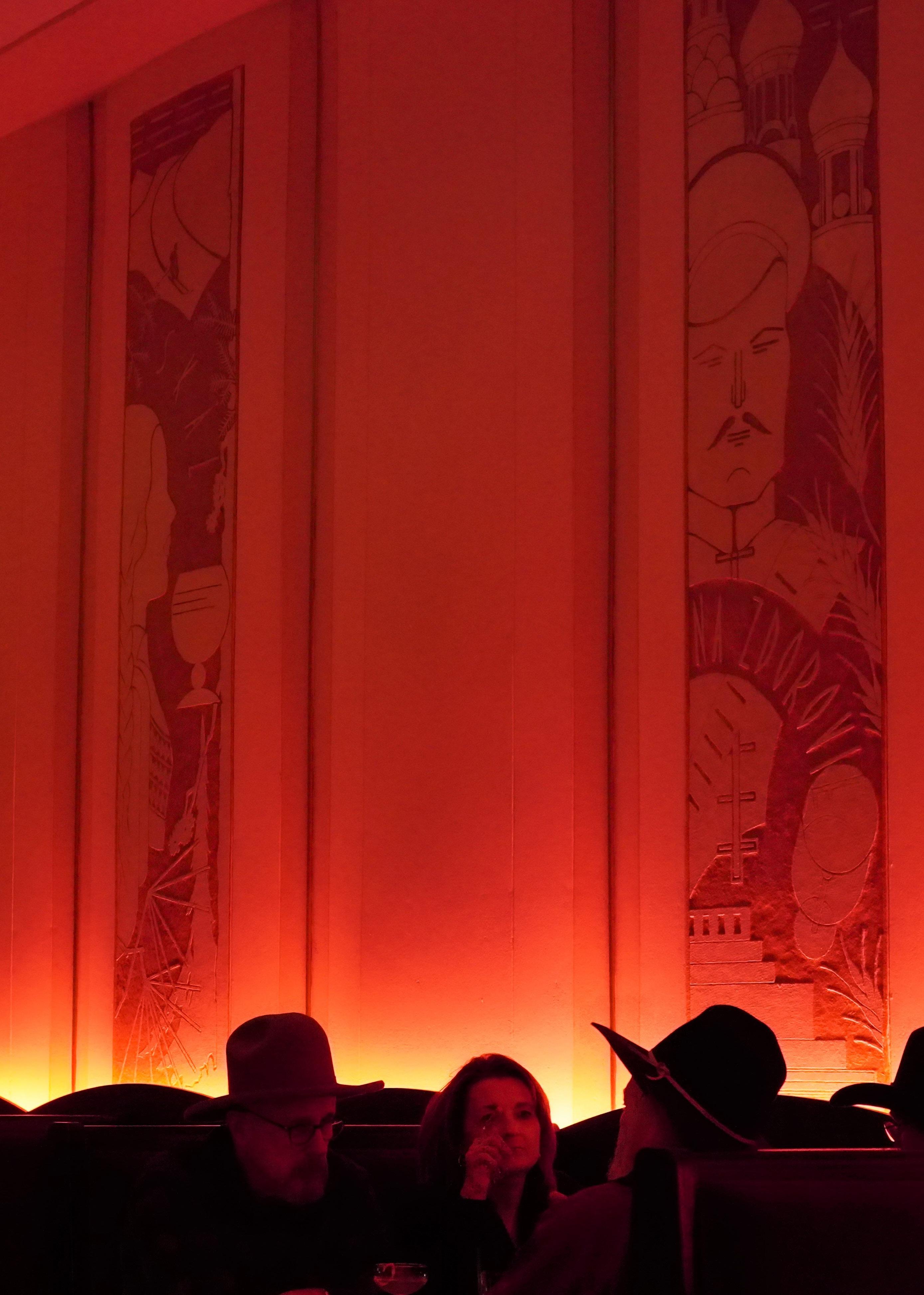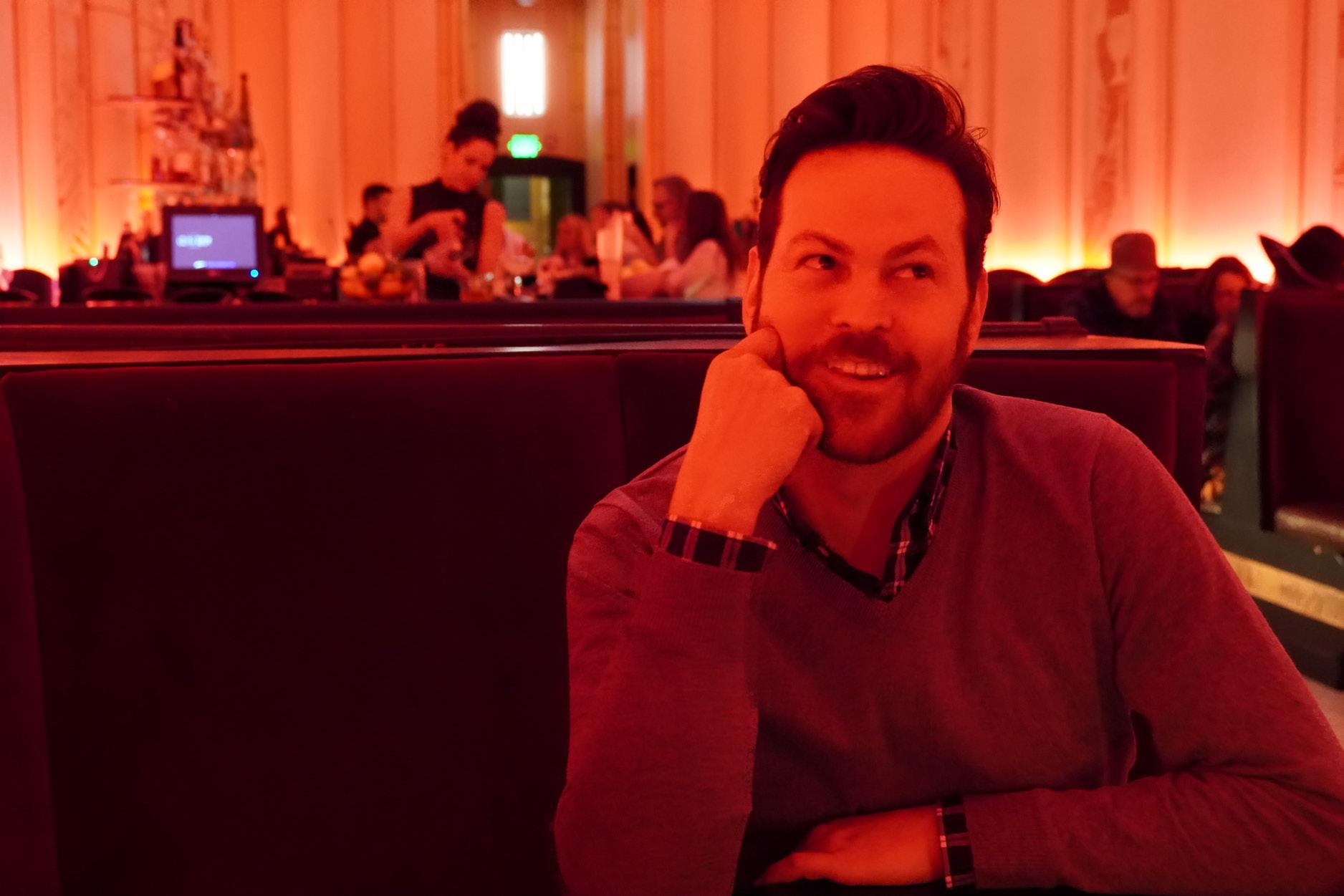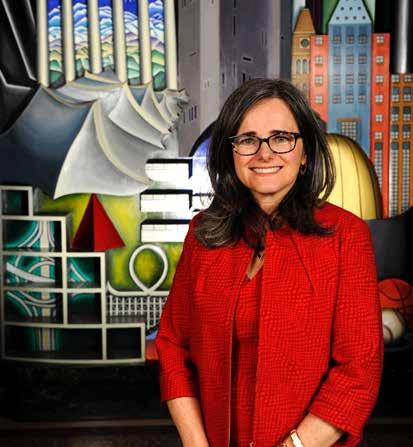
11 minute read
Dear Docket
A Practical Guide to Being Single in 2020
1. Be careful chewing your food. Otherwise you could choke and die, wearing God knows what.
2. Ask friends to set you up. The apps are a fun sort of headache that provide the illusion that you’re being proactive about your personal life. But it’s a rat race. A hamster wheel. A real bait n’ switch, see? And now that they’re all married up and a tad stir crazy, your friends’ matches for you will be surprisingly on point. Your life is their romance novel. Take advantage.
3. Make a lot of money. This is a good idea for anyone, but especially the single. Money keeps you warm, you see. In all sorts of ways. When it’s not providing you the societal validation you’re missing by being in a couple, you can literally sew it into a blanket or something. 4. Tell your neighbors you have a “long distance” significant other. You don’t want them thinking they’re better than you.
5. Stop caring what your neighbors think.
6. Do something you’re passionate about. You’ll most likely meet your person doing something you love. Not like at the bank or the car wash. And definitely not at the grocery store. Contrary to what you’ve heard since the 90’s, no one has ever met anyone at the grocery store.
7. Enjoy your life. Be here now. Dance like no one is watching. All those memes are true. We attract people when we know we’d be okay alone. Not just “I have my routine and I’m fine” okay, but actually tickled to be in the flow of life.
Dear Docket, Valentine’s Day really ticked me off this year. Maybe because I’m still single. What should I do?
8. Learn to fill exactly two bags at the grocery store. No more, no fewer. One isn’t enough food for the week, and three requires another trip to the car. And who has time for more trips to the car? I needn’t remind you that time is precious and fleeting. You know that better than anyone.
9. Avoid taking advice from single people. Except for me, of course.
10. Don’t order too much Thai food delivery at once. You think you’ll eat it tomorrow, but you won’t. And for goodness sake, don’t chew it too quickly, or tomorrow may never come.
Send your Dear Docket questions to hmartinez@cobar.org


Unlimited access to world-class training and resources so you remain a leader in your practice

The nonprofiteducationalarm ofthe Colorado BarAssociation andthe DenverBarAssociation.
Get the best education for your practice
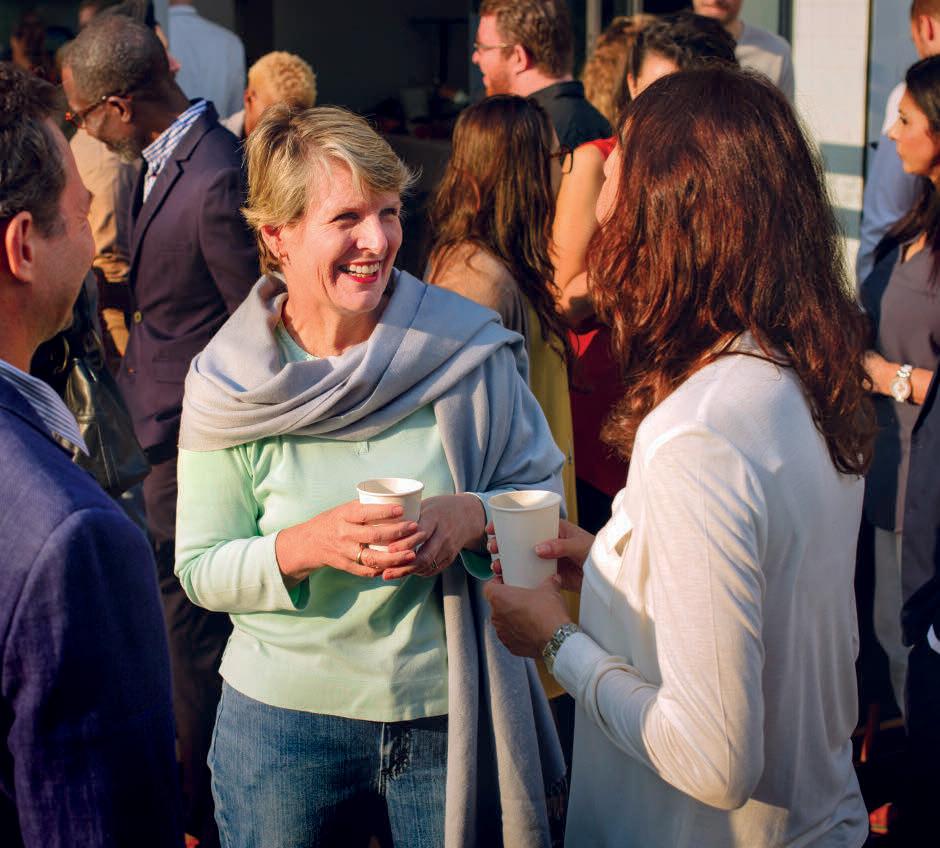
■ Key case law and legislative updates ■ Colorado content ■ More than 1 50 live programs and webcasts a year in our state-of-the-art classroom ■ Knowledgeable and experienced faculty ■ Access to thousands of homestudies 24/7 ■ 25 years of CLE course materials archives ■ 1 0% discount on all CBA-CLE published books
We’ve gotdiscounted bundles foryou no matterwhere you are in yourcareer. Whether you're a recent graduate or a seasoned lawyer over the age of 65, a solo practitionerorwith a large firm, we have whatyou need foryourpractice.
■ New Lawyer Edge –For attorneys in their first 5 years of practice ■ CLE Pass –Discounted or free live seminars, unlimited access to CLE catalogue and more ■ Law Firm Pass –Deeper discounts for firms with 3 attorneys or more ■ Classic Pass –For attorneys age 65-72
Hot air balloons over the “fairy chimneys” of Cappadocia

Turkey: Crossroads of Civilizations, Antiquity to Today T he nation of Turkey holds a unique position in the world, both geographically and culturally. Spanning both Europe and Asia, Turkey is situated at the crossroads of ancient trade routes and has been at the center of many cultures. The architecture and culture of the country reflect these various influences, which make for a fascinating travel experience that my wife and I enjoyed last fall.
Many travelogues discuss the bricks and mortar that resulted from Turkey’s cultural and geographic history. And we will get to those, I promise. But first, let’s look at some aspects of this country that help define its unique character: the language, the people, and the food. Talking Turkey The Turkish language is part of the Ural-Altaic language group. Although Turkish uses the Roman alphabet, with a few variations, it is still a difficult language to get your tongue around.
We always try to learn a few basic words in any country we visit — hello, please, thank you, where is the bathroom, two more beers, etc. — but keeping the pronunciation of the Turkish equivalents in my mind was a challenge. The word for “thank you” as provided in a guidebook and a translation app was six syllables long. I stumbled over it almost every time. Our friend in Istanbul taught me a four-syllable alternative but even that seemed to trip over my tongue on its way out. A kind gentleman in a café gave me a two-syllable alternative, but by then it was too late; my mind had become a jumble of Turkish thank yous.
One word that I did master was “nerede,” meaning “where” or “where is it?” This came in handy when getting lost in the maze of alley-width back streets in Turkey’s big cities. Pointing to a place on a map and saying “nerede” in an inquisitive tone worked well. The People The modern country of Turkey was established by Mustafa Kemal after World War I. Kemal, known as Ataturk (“Father Turk”), is still revered by the Turkish people. Ataturk wanted to create a modern, secular nation even though the overwhelming majority of its citizens are Muslim. The current administration of president Erdogan is moving toward a less secular, Islamist government. Everywhere you go you will hear the call to prayer broadcast from loudspeakers on mosques five times each day. However, in the western, urbanized parts of the country, which tend to be more liberal and secular, the call to prayer appeared to have little impact. We never saw people heading to the mosque or laying out prayer rugs at these times. I presume many people did so, yet following this religious dictate did not appear to be a part of everyday life in these parts of Turkey.
Everyone we met in Turkey was pleasant, helpful, and seemed to enjoy life. They were happy to interact with us despite our feeble linguistic attempts. When
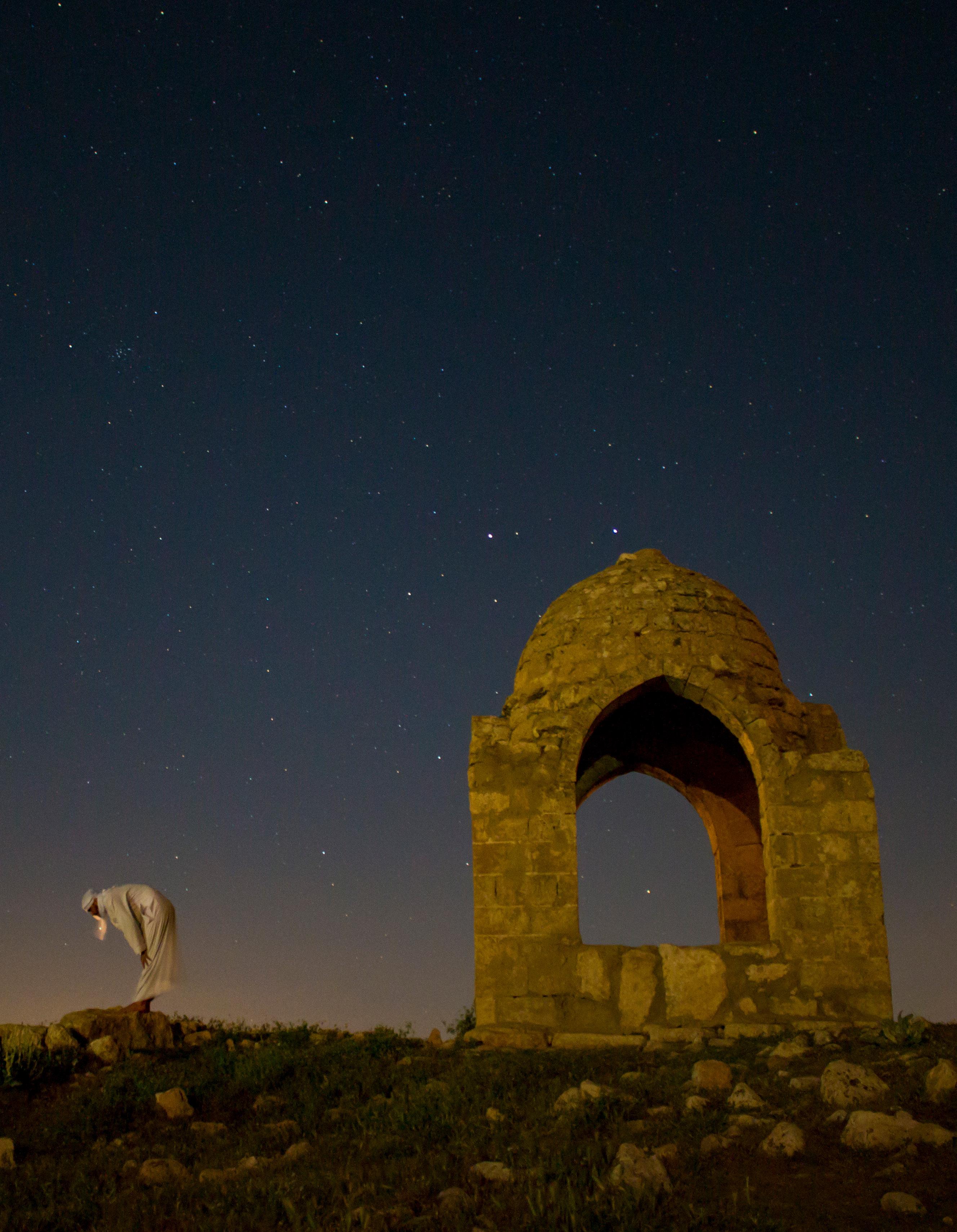

A view of the Galata tower in the old city of Istanbul
we tried to say a few words in Turkish they always smiled their appreciation no matter how badly we did. Whenever we stood on the street or in the jumble of small lanes in Istanbul’s old city staring at a map or otherwise looking lost, invariably someone would approach us to help us locate our destination. If that person spoke no English, he would point and often walk with us until we could see where we were going.
The Food I am not a foodie, yet Turkey had me enjoying every meal. Everything was fresh, delicious, and beautifully presented. The ubiquitous tea was the best I ever tasted and the yoghurt was so good that it has been difficult to go back to the yoghurt we have in the U.S. I know I loved the food because I took pictures of almost every meal.
A Turkish meal starts with “mezes,” an offering of numerous appetizers, involving yoghurt, hummus, fruits, vegetables, and other delicious things. At times we thought that these initial treats were the meal, they were so tasty and plentiful, only to then be presented with the main course. Breakfast buffets took up entire rooms in the variety of fresh food offered, and then you could add an omelet if you just asked for one.
Two of our favorite dishes were “doner” and “gozleme.” Doner consists of meats or vegetables or both wrapped in an incredibly thin flatbread. There are restaurants specializing in doner all over Turkey. Gozleme involves a very thin dough that is cooked to a crispy state and wrapped around a variety of foods, everything from spinach and cheese to bananas and Nutella. One gozleme meal we had was so fresh that the restauranteur actually went down the street to buy the banana. The cost of food outside of tourist areas was incredibly inexpensive. The first meal we ate, in the Aegean coastal city of Izmir,
14 • THE DOCKET • FEBRUARY/MARCH 2020 cost eight dollars for the two of us. We thought we had incorrectly converted from Turkish Liras to dollars, but we hadn’t. That was indeed the cost of two meals and drinks. Even in the tourist areas we could often eat a large meal for two for around twenty-five dollars.
OK, But How About the Sights? Turkey abounds with historical and architectural sights, with influences ranging from Roman to Greek to Christian to Persian and even Jewish. We first visited the ruins of the Roman city of Ephesus on the Aegean Sea. With a population of 250,000, Ephesus was the second largest city in the Roman empire, next to Rome. Although only twenty percent of the city has been excavated, it is still a very large site. Walking around the ruins of the city one can see how the people of that era lived, from communal baths and toilets to the mansions on the hill that housed the elite. There are temples, meeting
Mediterranean coast of Antalya. INSET: Testi kebap, also known as “pottery kebab” or “clay kebab,” consists of meat and vegetables cooked in a sealed clay pot. The pot is then broken open at the diner’s table.
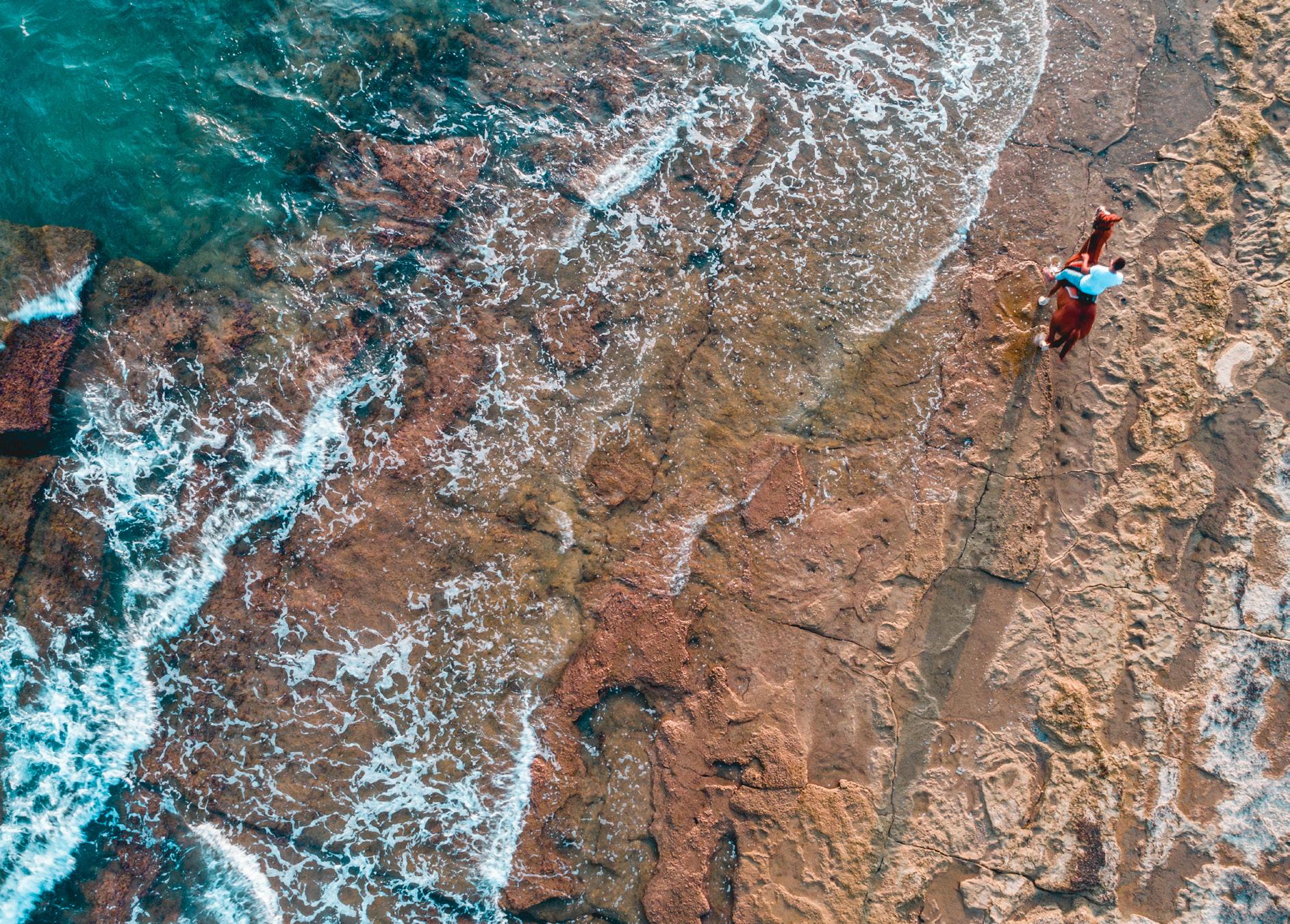

places, pharmacies, and an arena that could accommodate 25,000 people. At the end of the main thoroughfare is the multi-story library which, at the time, held the largest number of scrolls in the ancient world.
On the Mediterranean coast of Antalya we walked through the abandoned village of Kayakoy. Originally a primarily Greek village, the village was abandoned in 1923 during the forced “population exchange,” in which Greek Muslims came to Turkey while Ottoman Christians relocated to Greece. Today the village consists of 4,000 structures including a cemetery and a church in which you can still see painted decorations and intricate stone mosaics. We also hiked a bit of the Lycien Way trail to view a unique sight — flames shooting up through rocks on a hillside. Methane and other gasses trapped underneath the rocks have been igniting at the surface for more than two thousand years. Locals even climb up the hill to have a natural barbeque.
The unique rock formations of Cappadocia are a highlight of any visit to Turkey. Volcanic rocks on the surface of this plain were thrust upwards and eroded resulting in hundreds of rock formations that resemble upside down ice cream cones. The surface of these cones was so soft that over the millennia people lived in caves carved out of these so-called “fairy chimneys.” You can see the entrances to many caves and even go inside churches that were built in caves, paintings of religious figures still visible on the walls. This area also was suitable to the building of several underground cities where early Christians would live for months at a time to protect themselves from aggressors.
Finally, there is the old city of Istanbul. A major attraction is the Aya Sofya (Hagia Sophia), a huge mosque that was originally a church and still boasts mosaics of Christian religious figures. Other historic mosques, such as the Blue Mosque and the Suleymaniye Mosque, dot the landscape of the old city, along with the Topkapi Palace which housed the sultans of the Ottoman empire between the 15 th and 19 th centuries. Yet one of the most impressive structures of the old city was not a mosque, a church, or a palace. Rather, it was a cistern built in the heart of the city under an old church, hence the name the Basilica Cistern. It is a remarkably expansive underground cavern that held the water the Romans brought in by aqueducts from a reservoir near the Black Sea. The cistern is supported by massive columns, many of which were transported from ruined temples, several of which are adorned with artistic carvings.
Turkey provides a traveler with such a variety of sights and activities it is no wonder that we ran into visitors from all over the world. It indeed sits at the crossroads of the globe.




